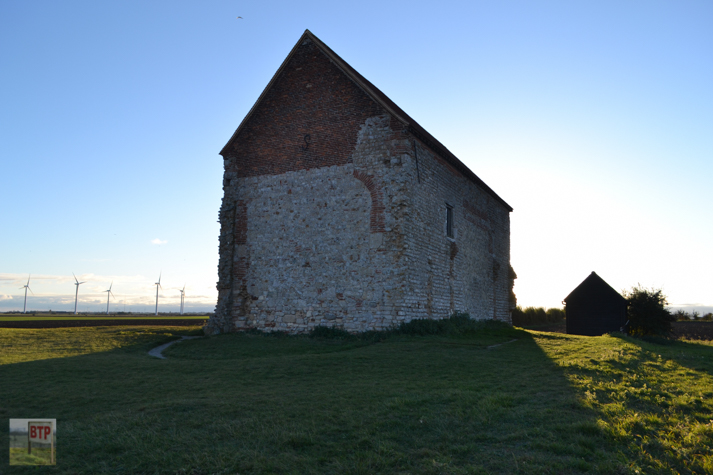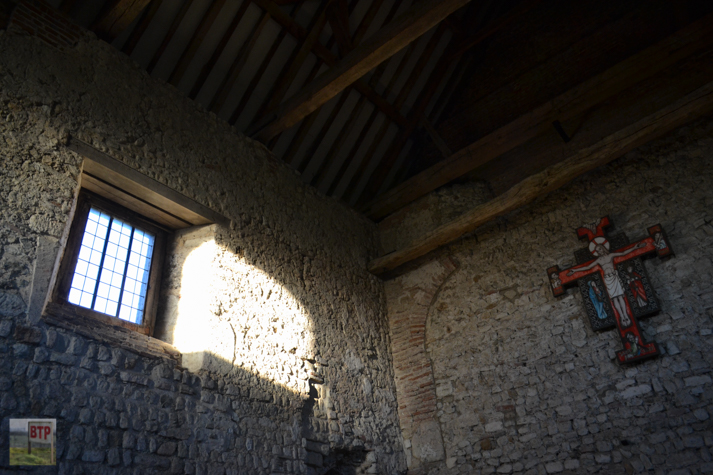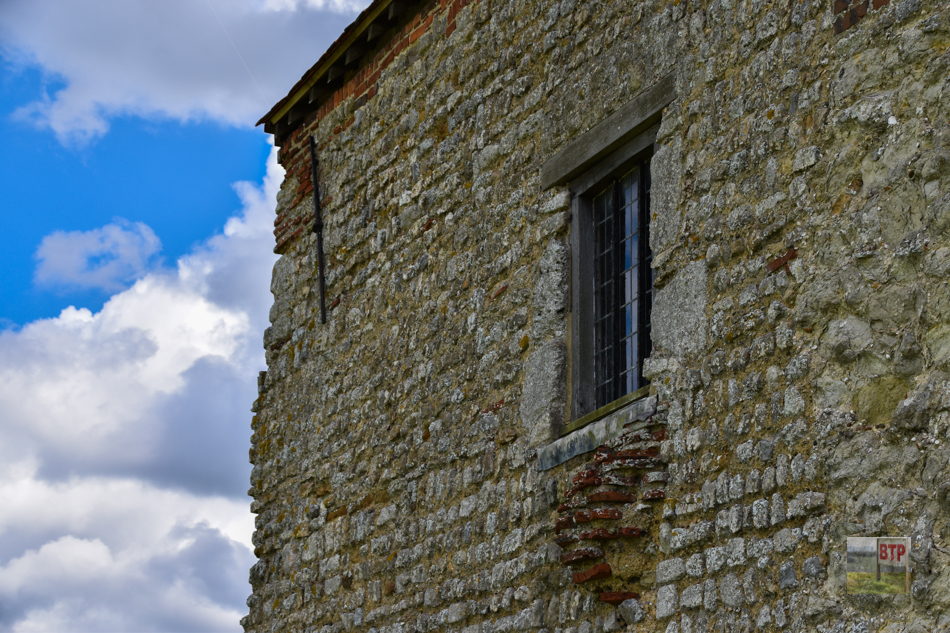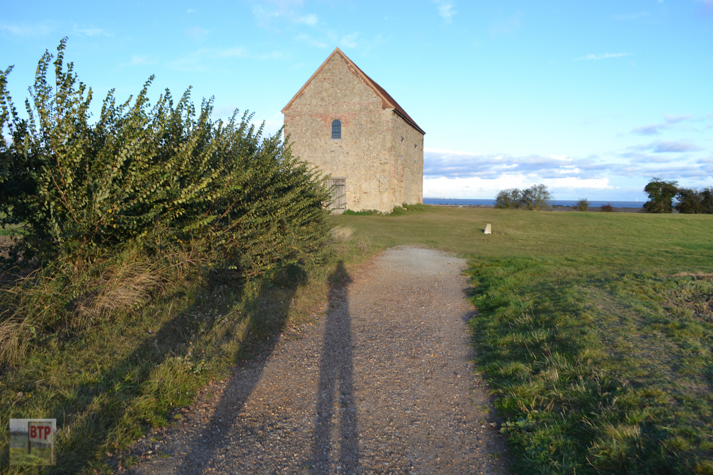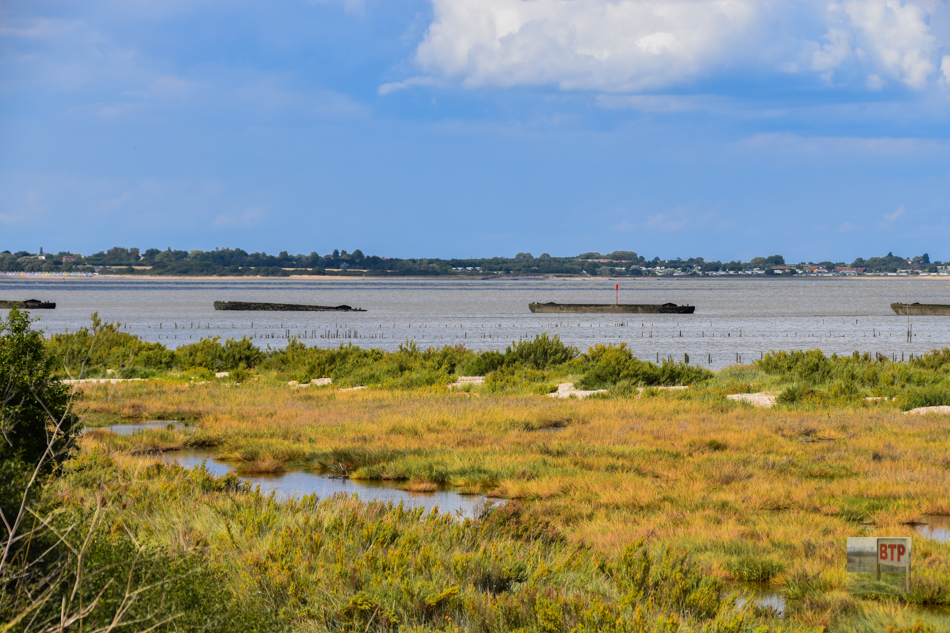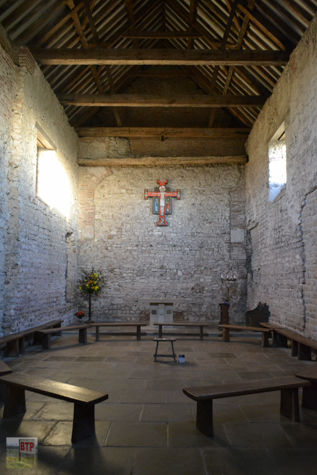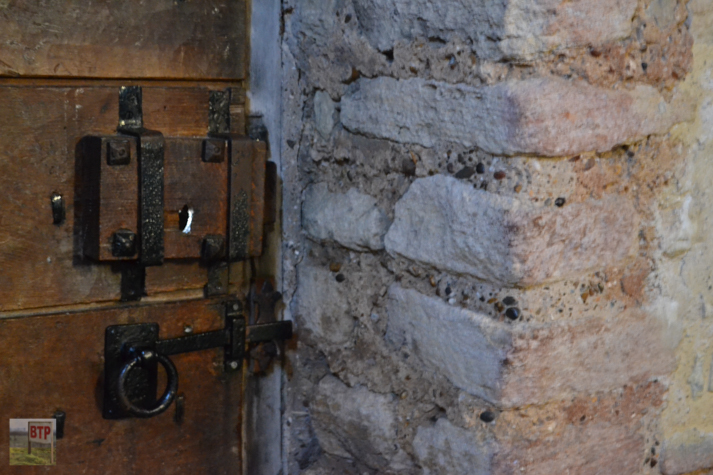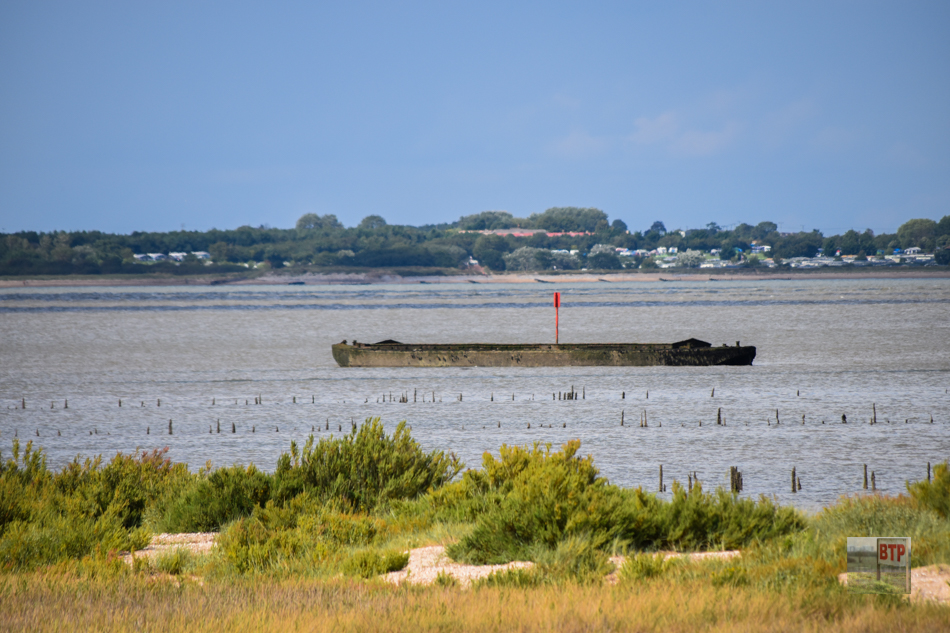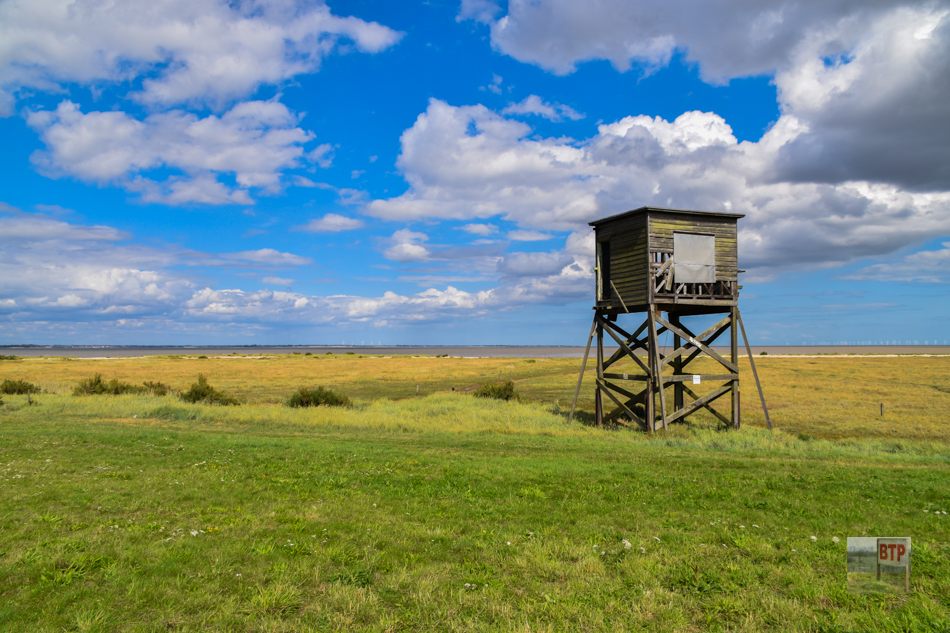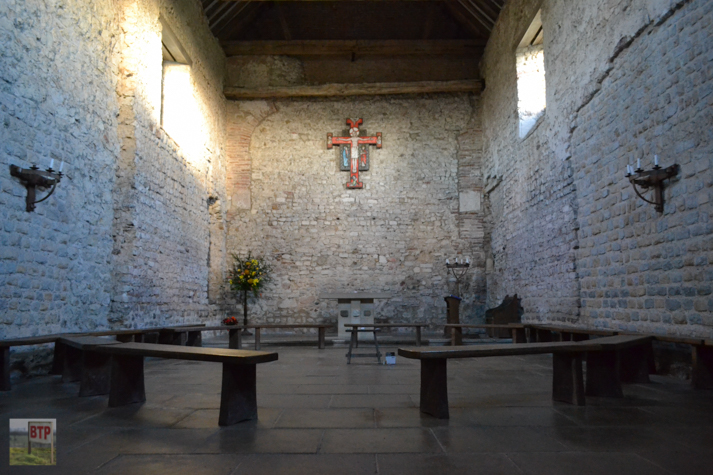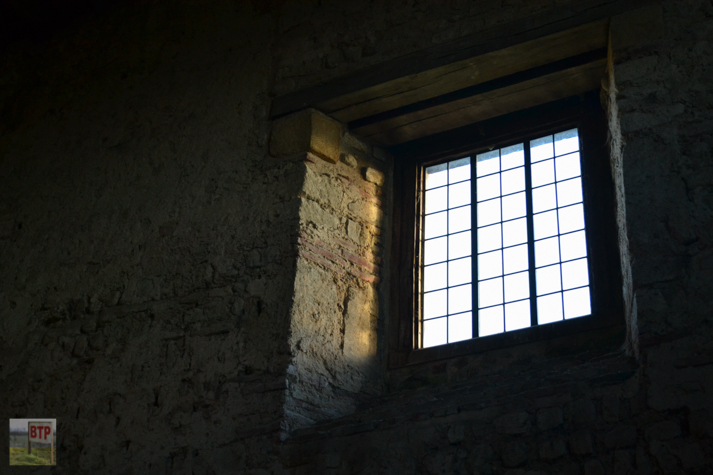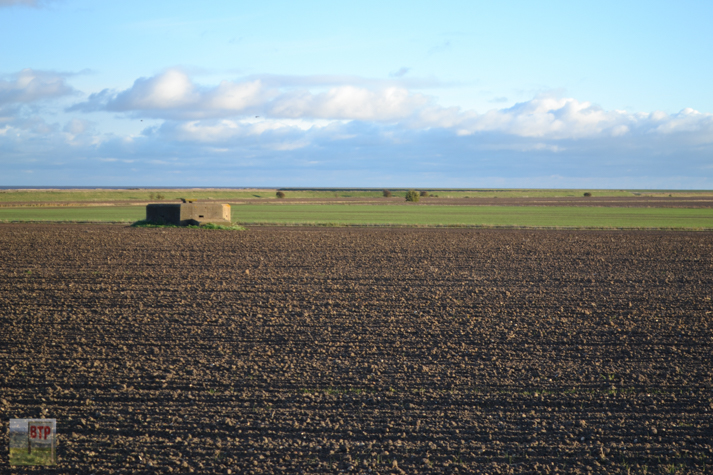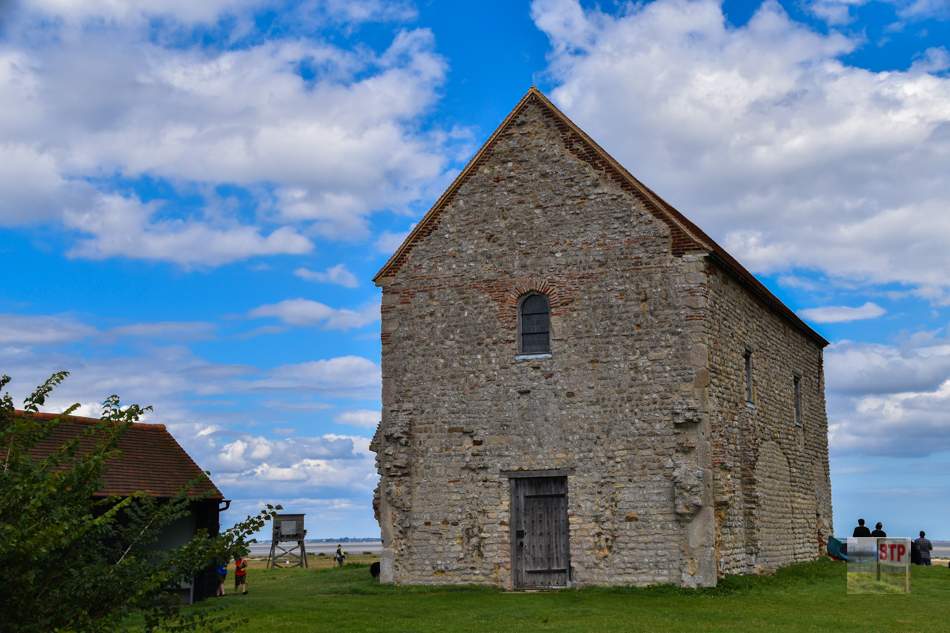The Saxon chapel of St. Peter-on-the-Wall built in this extremely isolated marshland position on the Dengie peninsula nature reserve is the nineteenth oldest building surviving in England. It was built around 660-662 AD on the site of the third-century Roman ‘Saxon’ shore fort called Othona, used by the Romans for coastal defence against coastal or Saxon attack. The chapel actually uses some of the material from this now lost Roman fort, although allegedly the fort’s earthworks and archaeological evidence partially survive despite not being clearly visible above-ground and the eastern section being lost to sea. The Saxon chapel is Grade 1 listed. Judging by a circular outline on the ground and imprints on the eastern wall, it seems the eastern end of the chapel was removed at one point. The chapel is incredibly eerie but also a very beautiful place often silhouetted against marshland sunsets and scenery. It is left open to public visitors thanks to its isolated location avoiding vandalism; much to my surprise as I was glad to find the handle opened. It really does feel like an ancient sanctuary out at the end of the world and we would recommend a visit to this unique place! The wooden tower next to the chapel is an impressive observation tower survival from around the 1930s prior to WW2, when a firing range was established on the marshes at Bradwell.
The fields surrounding the chapel are home to a number of pillboxes to defend the area from invasion in the Second World War; especially RAF Bradwell Bay airfield. Out at sea from the chapel is a number of ferro-concrete barges probably used in the D-Day landings’ mulberry harbours used as a tide break, which are also found locally at Canvey Island (ruined), Fambridge, and Rainham.

